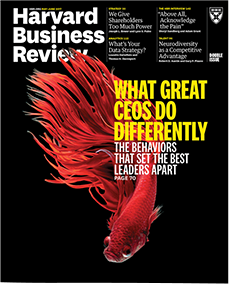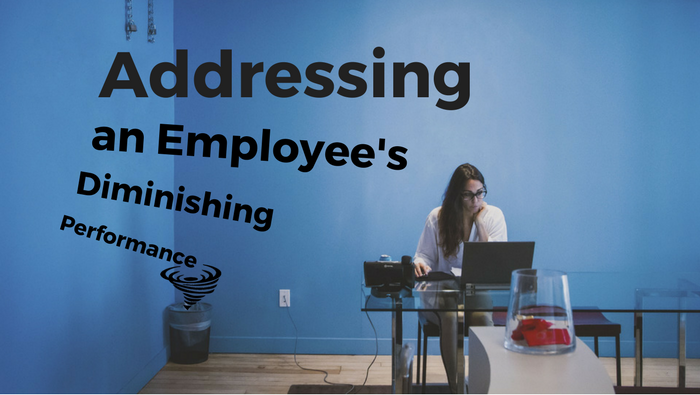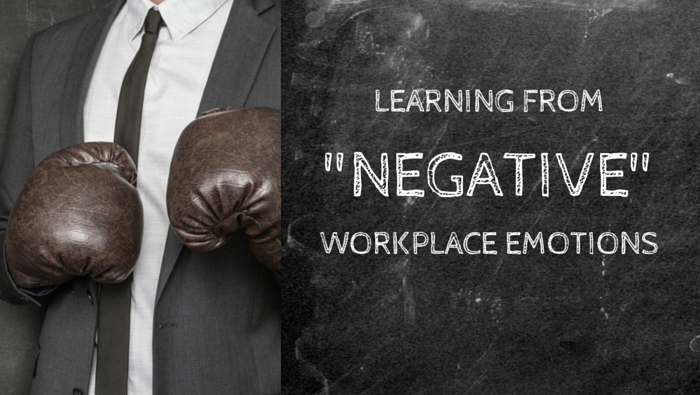
Quick Decision-Making for Introverts
![]()
My leadership blog is all about helping current and emerging leaders learn how to transform difficult conversations and dysfunctional workplace relationships into positive and productive ones.

Quick Decision-Making for Introverts
/
If you’re more introverted than extroverted, making decisions with speed is something you’re not likely known for around the office.
/
It doesn’t come naturally to you and if you’re pressed to make a quick decision, you probably find it quite stressful.
/
Well, if you’re a current or emerging leader who falls on the introvert side of the spectrum, I’ve got some good news and some bad news …
/
The Bad News
/
In 2017, Harvard Business Review published their findings from the CEO Genome Project:
This 10-year study showed there are four specific behaviours that are critical to high-performing CEOs and C-suite executives.
One of the behaviours is Deciding with Speed and Conviction.
/
The Good News
/
Today, I’m going to offer some thoughts and tips to help introverts get better at and more comfortable with the first element of this behaviour:
/
/
What the Study Found
/
I imagine this tells you why quick decision-making is an important skill to develop:
/
“High-performing CEOs do not necessarily stand out for making great decisions all the time; rather, they stand out for being more decisive.
They make decisions earlier, faster, and with greater conviction.
They do so consistently—even amid ambiguity, with incomplete information, and in unfamiliar domains.
In our data, people who were described as “decisive” were 12 times more likely to be high-performing CEOs.”
/
/
The Introvert’s Struggle
/
There are some common traits of introverts that speak to why many have difficulty making decisions with speed .
/
Introverts:
/
-
are comprehensive thinkers,
-
like to know and understand all of the details of something,
-
like to have alone-time to process things, and
-
believe that making sound decisions comes from assessing all relevant data.
/
All of this takes time!
/
Something a colleague/friend of mine firmly believed was this: perfection is the enemy of good enough.
/
The natural response to this statement from extroverts and introverts would be different:
/
Extroverts:
“Yes! Make a decision so we can start moving on this.”
/
Introverts:
“Good enough isn’t good enough. What if it’s the wrong decision?”
/
Which brings us to …
/
/
Tips for Introverts:
/
Guess what?
/
There’s a lot of information out there to support the notion that you don’t always need to know and understand all of the data that relates to a decision you need to make in order to make the right decision.
/
/
Tip #1
Honour your need for data by examining the data that will lead you to being more comfortable in making quicker decisions.
/
Here are two books on this to get you started:
/
/
/
Tip #2
Follow a set process to help you make decisions more quickly.
/
Here’s one you can use:
/
1. “I need to decide __________.
2. “I need to make this decision by [DATE] because [REASON].”
3. “Here’s what I absolutely need to know/understand before I make this decision and why: [LIST].”
4. “If there is time, here are the additional things I’d like to know/understand before I make this decision: [LIST].
/
/
Tip #3
Share and be open with your staff and colleagues about:
/
-
Your natural inclination and rationale for a time-consuming, comprehensive decision-making process
-
How this natural inclination can sometimes run counter to the best timeframe to make a particular decision
-
The new decision-making process you’ll be using and asking their support for in order to continue to make sound decisions but to make them quicker.
/
/
If this doesn’t convince you of the merits of improving your ability to make quick, quality decisions, then go get more data. Or don’t.
/
Have a productive and enjoyable day!
/
— Brie
/
/
Blog Post
Quick Decision-Making for Introverts
/
If you’re more introverted than extroverted, making decisions with speed is something you’re not likely known for around the office.
/
It doesn’t come naturally to you and if you’re pressed to make a quick decision, you probably find it quite stressful.
/
Well, if you’re a current or emerging leader who falls on the introvert side of the spectrum, I’ve got some good news and some bad news …
/
The Bad News
/
In 2017, Harvard Business Review published their findings from the CEO Genome Project:
This 10-year study showed there are four specific behaviours that are critical to high-performing CEOs and C-suite executives.
One of the behaviours is Deciding with Speed and Conviction.
/
/
The Good News
/
Today, I’m going to offer some thoughts and tips to help introverts get better at and more comfortable with the first element of this behaviour:
/
/
What the Study Found
/
I imagine this tells you why quick decision-making is an important skill to develop:
/
“High-performing CEOs do not necessarily stand out for making great decisions all the time; rather, they stand out for being more decisive.
They make decisions earlier, faster, and with greater conviction.
They do so consistently—even amid ambiguity, with incomplete information, and in unfamiliar domains.
In our data, people who were described as “decisive” were 12 times more likely to be high-performing CEOs.”
/
/
The Introvert’s Struggle
/
There are some common traits of introverts that speak to why many have difficulty making decisions with speed .
/
Introverts:
/
-
are comprehensive thinkers,
-
like to know and understand all of the details of something,
-
like to have alone-time to process things, and
-
believe that making sound decisions comes from assessing all relevant data.
/
All of this takes time!
/
Something a colleague/friend of mine firmly believed was this: perfection is the enemy of good enough.
/
The natural response to this statement from extroverts and introverts would be different:
/
Extroverts:
“Yes! Make a decision so we can start moving on this.”
/
Introverts:
“Good enough isn’t good enough. What if it’s the wrong decision?”
/
Which brings us to …
/
/
Tips for Introverts:
/
Guess what?
/
There’s a lot of information out there to support the notion that you don’t always need to know and understand all of the data that relates to a decision you need to make in order to make the right decision.
/
/
Tip #1
Honour your need for data by examining the data that will lead you to being more comfortable in making quicker decisions.
/
Here are two books on this to get you started:
/
/
/
Tip #2
Follow a set process to help you make decisions more quickly.
/
Here’s one you can use:
/
1. “I need to decide __________.
2. “I need to make this decision by [DATE] because [REASON].”
3. “Here’s what I absolutely need to know/understand before I make this decision and why: [LIST].”
4. “If there is time, here are the additional things I’d like to know/understand before I make this decision: [LIST].
/
/
Tip #3
Share and be open with your staff and colleagues about:
/
-
Your natural inclination and rationale for a time-consuming, comprehensive decision-making process
-
How this natural inclination can sometimes run counter to the best timeframe to make a particular decision
-
The new decision-making process you’ll be using and asking their support for in order to continue to make sound decisions but to make them quicker.
/
/
If this doesn’t convince you of the merits of improving your ability to make quick, quality decisions, then go get more data. Or don’t.
/
Have a productive and enjoyable day!
/
— Brie
/
















